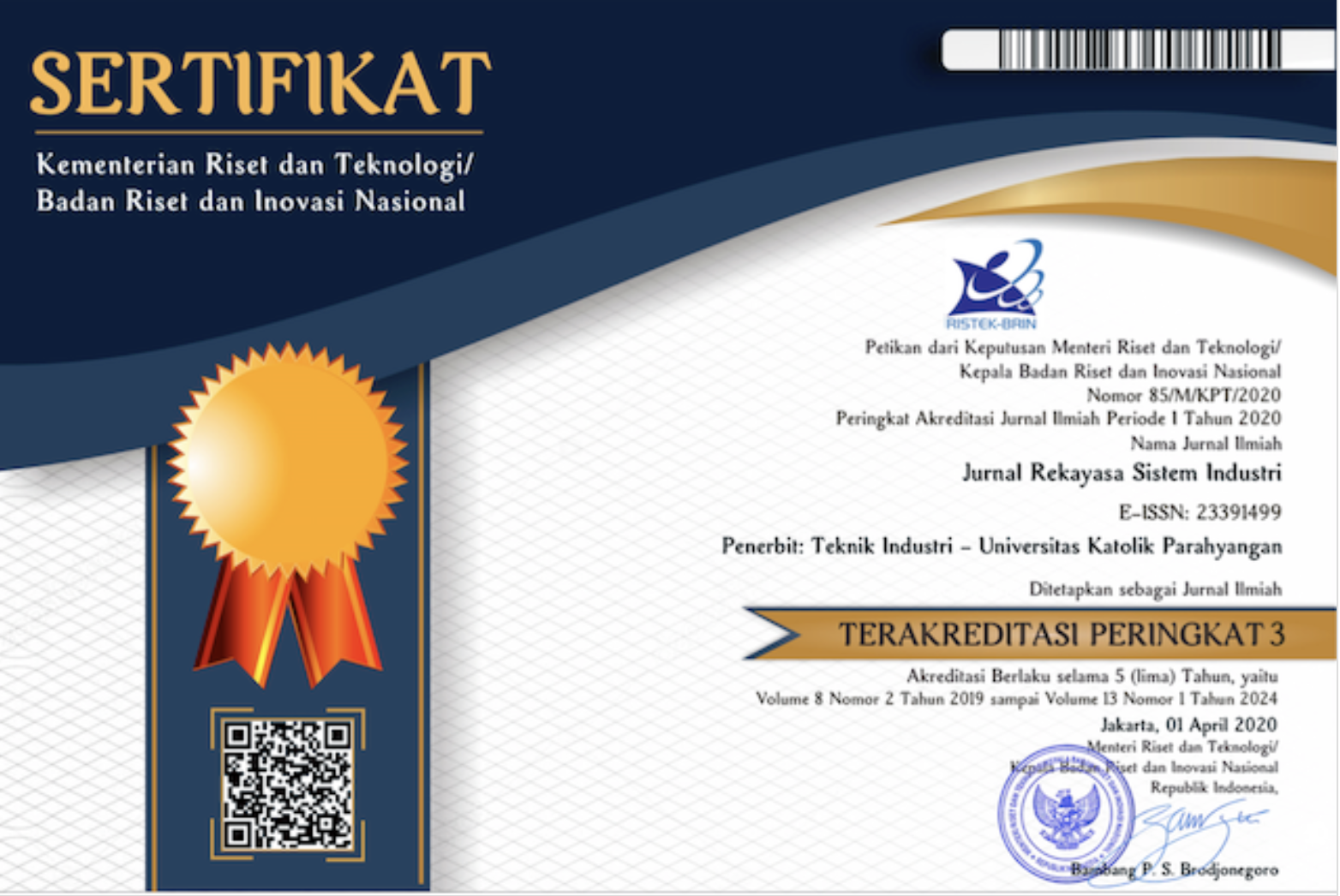Evaluasi Persepsi Safety Climate Pada Bagian Unit Gawat Darurat (UGD) di Rumah Sakit Daerah Propinsi Yogyakarta
DOI:
https://doi.org/10.26593/jrsi.v6i2.2709.143-148Abstrak
Safety climate is an important component of the responsibility of health services and the safety climate survey provides a measure of the safety climate within the organization and identifies opportunities to improve service. Implementation of safety climate in healthcare has been done in many developing countries or developed countries, assessment of safety climate on healthcare by using questionnaires. Low safety culture has a positive contribution to the errors in health services, unsafe therapy, and a variety of other unexpected accidents (medical errors, unsafe therapies, and unintended injuries). Based on this background, this study aims to evaluate the existing safety climate at the regional general hospital in Yogyakarta province, and to know the general picture of the safety climate condition in the hospital. This study was conducted at the emergency department at the hospital with 3 hospitals in Yogyakarta with 84 respondents consisting of nurses, doctors and midwives working in the unit. The results obtained from this study resulted in a valid and reliable questionnaire for each dimension with validity> 0.3 and reliable over 0.6, and also the validity results from questionnaires on other hospitals resulted in consistency of psychometric questionnaires. In this study also shows the index level of each dimension to the hospital. Overview of each hospital on the safety climate can be illustrated based on the level obtained that RSUD II and RSUD I leadership, communication, and also teamwork already has a pretty good level, while RSUD III 3 dimensions that are at level 1 for the dimension of leadership , personal and communication. The personal dimensions of the three hospitals are at level 1 explaining that personal dimensions are still poor in all three hospitals. And also from result of test of Mann Whitney can be seen that there is no difference of perception between doctor and nurse so that equation of perception toward interest of safety climate same between doctor and nurse at RSUD Yogyakarta
Referensi
Azwar, S., 2012, Reliabilitas dan Validitas, Pustaka Pelajar, Yogyakarta
DeJoy, D., Schaffer, B., Wilson, M., Vandenberg, R., and Butts, M., 2004, Creating Safer Workplaces: Assessing the Determinants and Role Of Safety Climate, Journal of Safety Research, 35, 81−90.
Flin, R., 2007, Measuring Safety Culture in Healthcare: A Case for Accurate Diagnosis, Safety Science, 45, 653–667.
Guilford, J. P., 1956, Fundamental Statistics in Psychology and Education, Mc Graw-Hill Book Co, Inc, New York.
Griffin, M.A., Neal, A., and Hart., 2000, The Impact of Organizational Climate on Safety Climate and Individual Behavior, Safety Science, 34, 99-109.
Nieva, V.F., Sorra, J., 2003, Safety culture assessment: a tool for improving patient safety in healthcare organizations, Quality & Safety in Health Care, 12, 1117–1123.
Nieva, V.F., Sorra, J., 2004. Hospital Survey on Patient Safety Culture, AHRQ Publication, 04-0041.
Moore, D., Gamage, B., Bryce, E., Copes, R., and Yassi, A., 2005, Protecting Health Care Workers From SARS and Other Respiratory Pathogens. Organizational and Individual Factors that Affect Adherence To Infection Control Guidelines, American Journal of Infection Control, 33, (2), 88−96.
Hair, J. F., Black, W. C., Babin, B., Anderson, r. E., and Tatham, R.L., 2006, Multivariate Data Analysis, 6th Ed., Pearson Education, Inc., Upper Saddle River, NJ.
Santoso, S., 2014, Statistik Multivariat : Konsep dan Aplikasi Dengan SPSS, Elex Media Komputindo, Jakarta.
Widhiarso, W., 2001, Berurusan Dengan Outliers, Fakultas Psikologi, Universitas Gadjah Mada.
Wijaya, D., Hartono, B., 2013, Pengembangan Project Risk Management Maturity Model, Universitas Gadjah Mada, Yogyakarta













